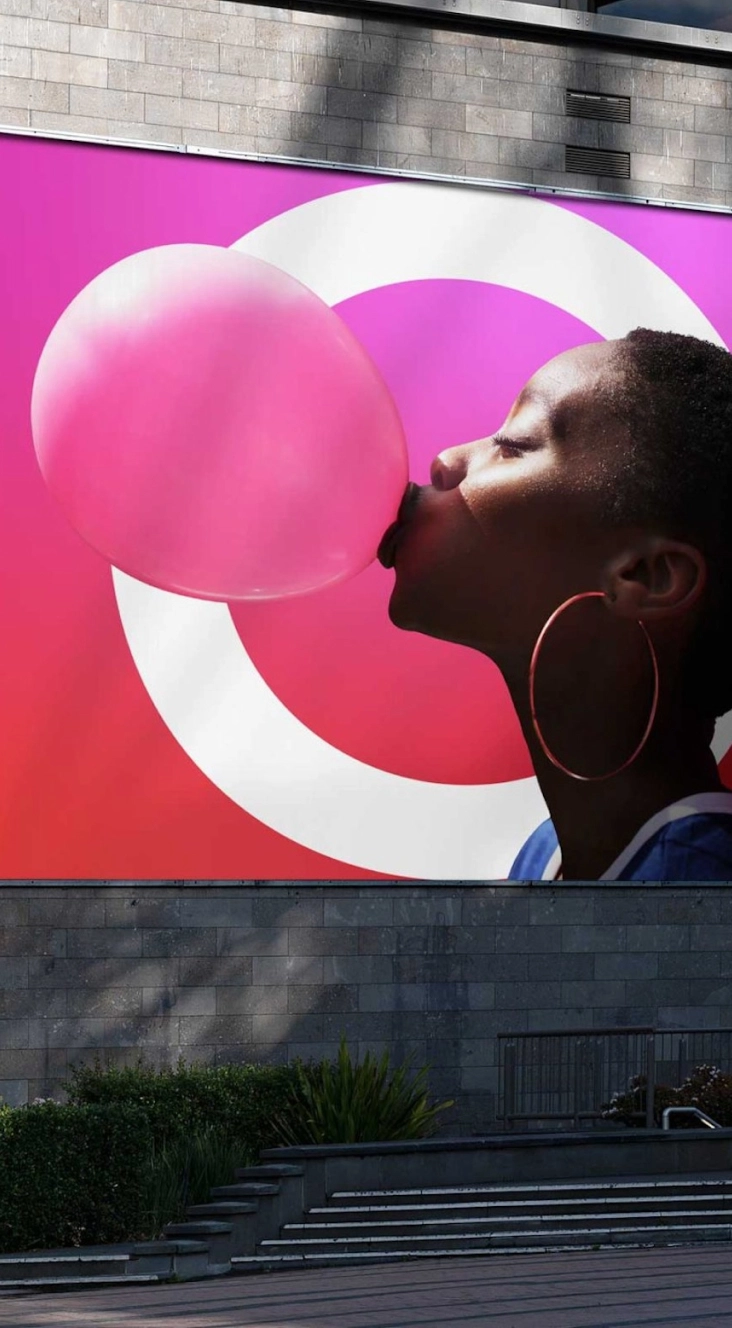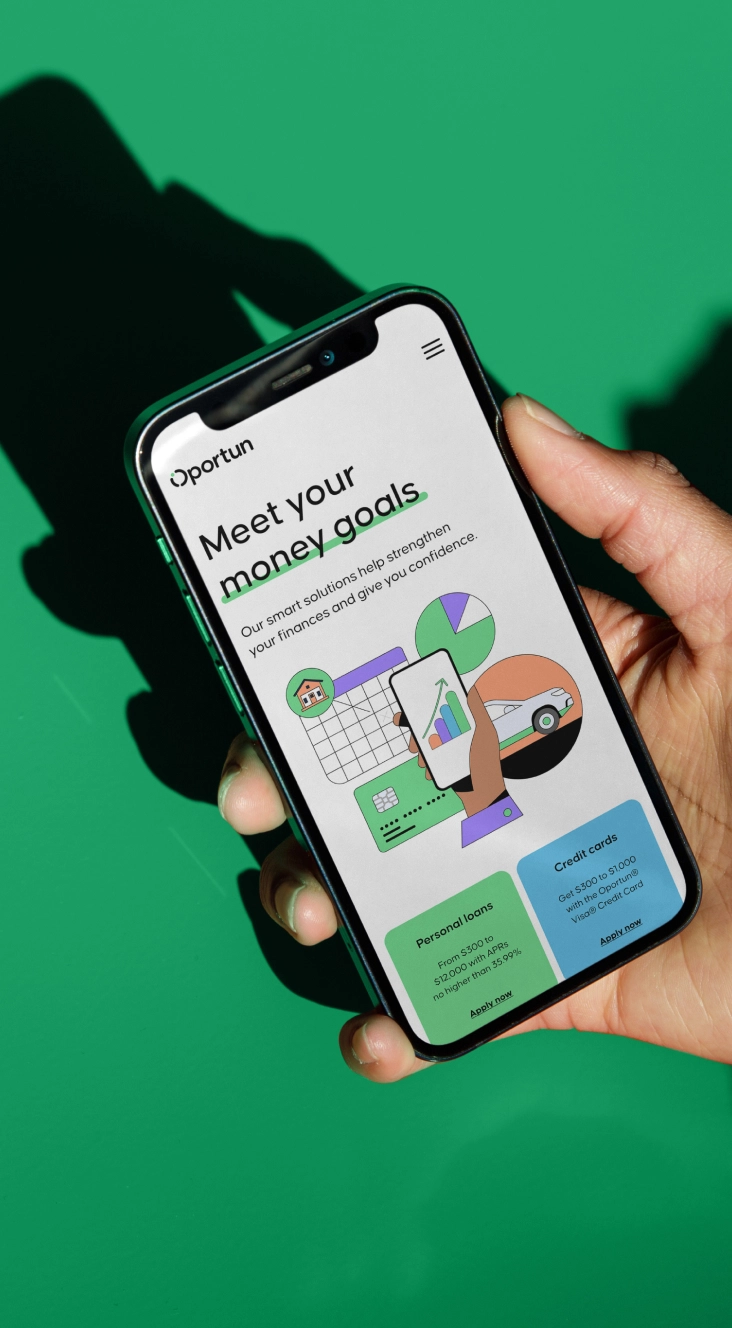October 19, 2023
Five critical ways CMOs and CHROs can work together

The days of marketing and HR acting as two siloed departments are long gone.
Traditionally, while both HR and marketing strived to create a brand that people wanted as part of their daily lives, marketing aimed to connect with customers and HR looked to support and develop employees. However, the shifting dynamics of the workplace in a post-pandemic world mean that the marketer’s toolkit is needed to help ensure that the employee experience is on equal footing with the customer experience.
Given the steady decline in employee engagement in the U.S, dropping from 36% in 2020 to 32% in 2022, marketing and HR need to partner now more than ever. Not only to identify what the brand stands for, but also how that manifests across both the employee and customer experience. Because in today’s ongoing war for talent, employee satisfaction goes far beyond perks and PTO. It requires an employee truly believing in a company’s purpose and having the tools to act on it.
Here are five ways CMOs and CHROs can work together to supercharge employee recruiting and retention.
01 | Define your purpose as an organization together.
An effective purpose won’t be something purely ‘owned’ by marketing as a customer promise, nor will it be solely ‘owned’ by HR as an expression of your values. Rather, the brand purpose should be a north star that is as meaningful to your employees as it is to your current and prospective customers—tying together your growth agenda with your talent agenda. An effective purpose is something employees would say is FOR them, just as much as it’s delivered by them.
02 | Codify the employee value proposition (EVP) and culture.
In the talent shifts we’ve seen throughout the pandemic, most organizations have seen higher turnover, a trend toward more distributed/remote workforce, or both. Organizations that used to be able to manage culture through osmosis-—natural hallway interactions that would provide a sense of how they do things—simply can’t anymore given the balance of new people and lack of in-person engagement with existing employees.
So, if the purpose expresses the ultimate “why” the organization exists, the EVP is necessary today to provide the clear, tangible articulation of what employees give and get, in service of that purpose. In this case, HR and marketing complement each other perfectly. HR is skilled at defining the employee proposition and marketers are skilled at communicating it simply, consistently and effectively.
“The bottom line: invest as much energy in engaging and supporting your employees as you do your customers.”
03 | Balance what you give and what you get.
As you create that employee value proposition, don’t be overly influenced by the moment in the talent market. In a tight labor market, companies desperate to fill their ranks rely on HR to emphasize the employee benefits/value of working for the company as a means to strengthen recruitment and retention. During the other side of the cycle, companies may over-emphasize what’s expected of them and the traits necessary to succeed. Often, marketing plays a large role here, viewing employees as deliverers of the brand. In reality, both matter all the time, and a meaningful and lasting value proposition will cover both—highlighting what success looks like for new recruits and long-term employees alike.
04 | Make the employee experience real and lived, not just lip service.
The opportunity is to align the human capital strategy to the purpose, and vice versa. Make the connections seen and felt between what we care about, how we work, and what we reward. This isn’t just about setting up the right employee experiences, training and rewards, which HR does so well. It’s also about promoting them internally and helping people understand the way it all links up, which is where marketing shines. The bottom line: invest as much energy in engaging and supporting your employees as you do your customers.
05 | Ensure everyone plays a part.
Often, customer-facing employees get greater focus from the marketing department in delivering the purpose. The best organizations translate the purpose and employee proposition to ALL employees, helping everyone see themselves in it and work together to achieve it. That’s how you avoid teams at cross purposes (e.g., innovation and quality control; sales and compliance…) and achieve greater things together. Marketing can help to define what it means to strengthen the customer experience, and HR knows how to be inclusive across all roles, bringing everyone in the fold to get there.
While marketing and HR have long complemented each other as departments, today’s ever-evolving workplace means true employee engagement requires them to work as one.
More than ever. From building a strong foundational purpose to making sure that that purpose is woven throughout the fabric of the employee experience and beyond, these five tactics will help organizations do just that.
Learn more about how employee engagement can strengthen your brand in our research-backed report, Building Go-to Brands from the Inside-Out.






